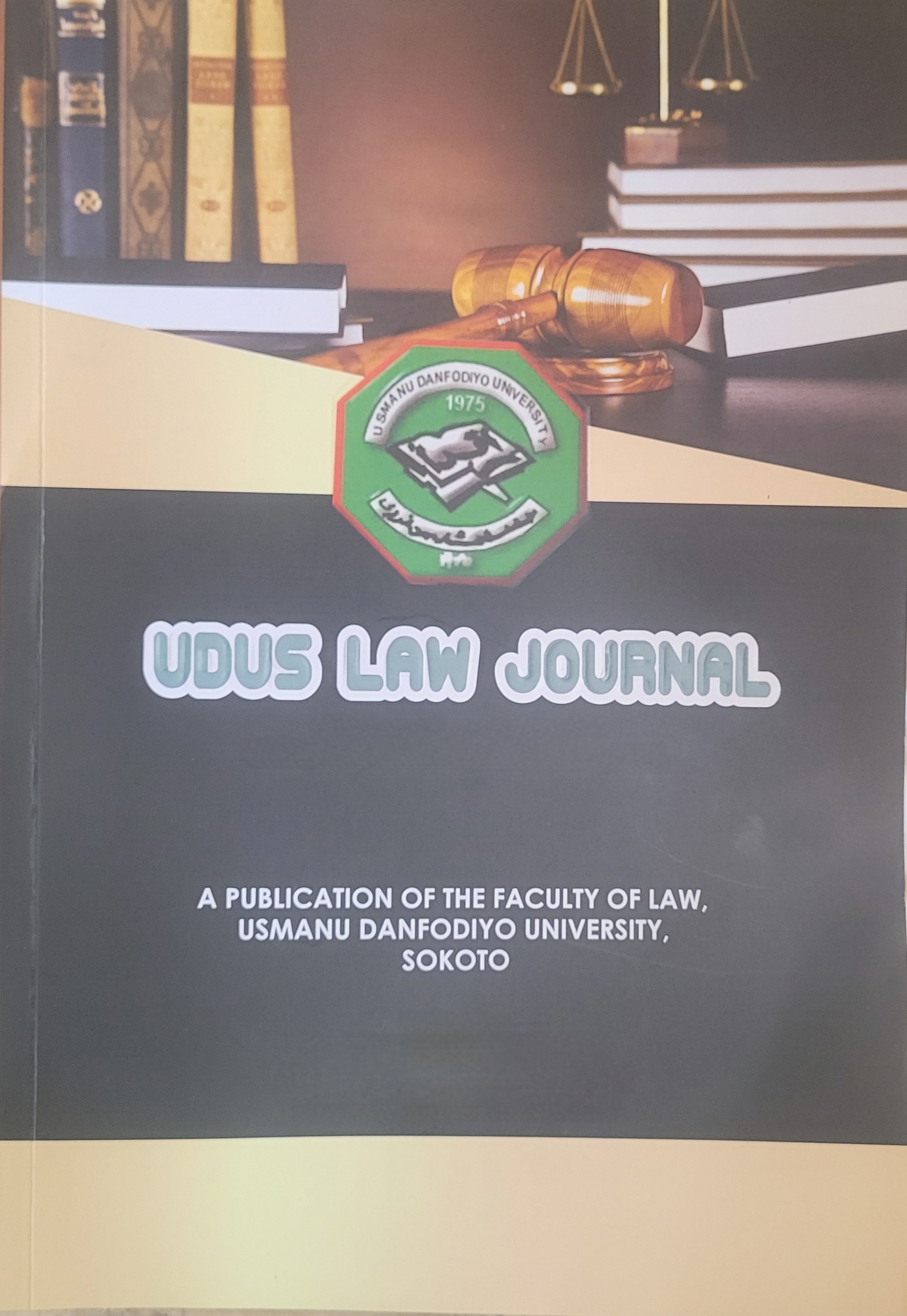Abstract
The Evidence Act is the statutory law that regulates what type of evidence that is admissible and what type of evidence is inadmissible in evidence in court proceedings. It also specifies on whom duty of proving a fact alleged lies upon. Since the 1945 Evidence Act, various amendments had been made, the current one being the 2011 Evidence Act of 2011. The Act came with many laudable provisions, many of which include illegally obtained evidence, hearsay evidence, presumption of marriage, and computer generated evidence, amongst others. Though there are still many areas where amendments are desirous, yet one can say that unlike the previous Acts, the current Act is very laudable. This is not however to say that there are no areas where amendment are not desirable. A doctrinal research methodology was adopted in this work, and in the course of carrying it out, certain challenges that hindered the smooth admissibility of electronic evidence in court proceedings were found out. This has therefore necessitated the need to proffer some suggestions for future improvements. The work concluded that if the recommendations made are accepted and implemented, the procedure for the admissibility of evidence in court proceedings would be better improved and enhanced in the years ahead.



 National Library of Nigeria
National Library of Nigeria.jpg) Association of Nigerian Authors
Association of Nigerian Authors Nigerian Library Association
Nigerian Library Association EagleScan
EagleScan Crossref
Crossref